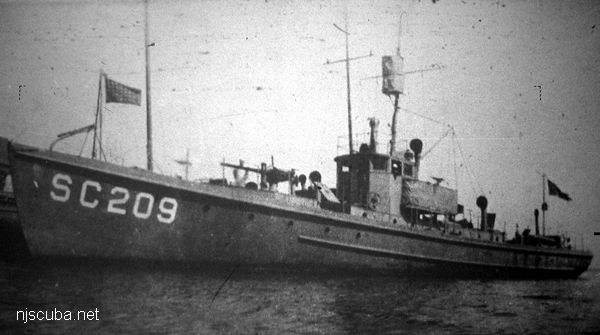
- Type:
- shipwreck, submarine chaser, US Navy
- Built:
- 1918, Camden NJ
- Specs:
- ( 110 x 14 ft ) 85 tons, 26 crew
- Sunk:
- Tuesday August 27, 1918
friendly fire from freighter SS Felix Taussig - 18 casualties - Depth:
- unknown
More: Sub Chaser SC-209 ...

More: Sub Chaser SC-209 ...
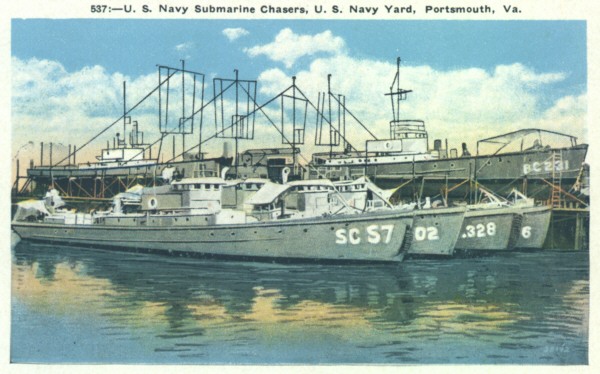
More: Sub Chaser SC-60 ...
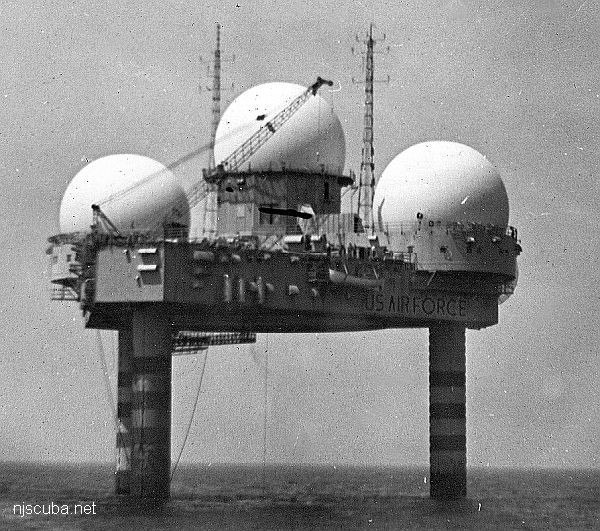
More: Texas Tower TT-4 ...
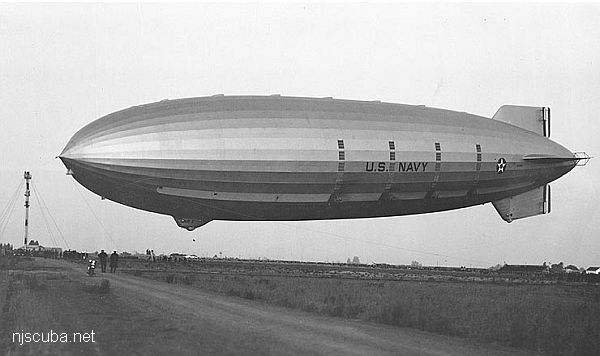
More: USS Akron ZRS-4 ...
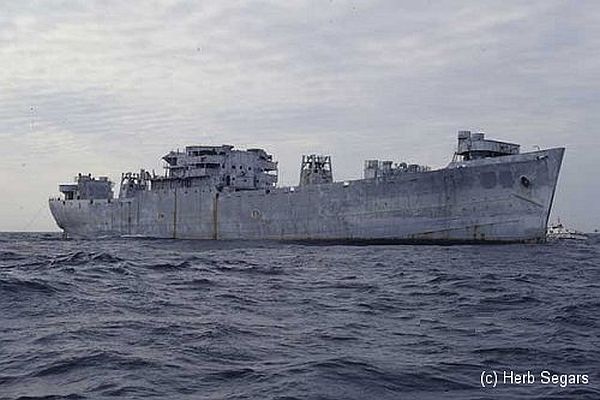
More: USS Algol AKA-54 ...
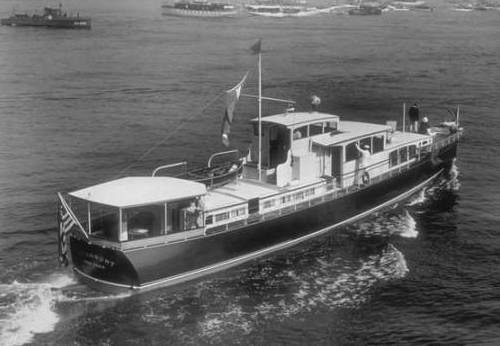
More: USS Catamount CG-85006 ...
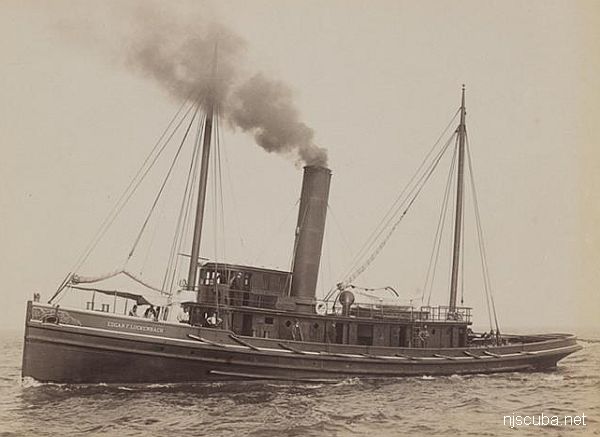
More: USS Cherokee ID-458 ...
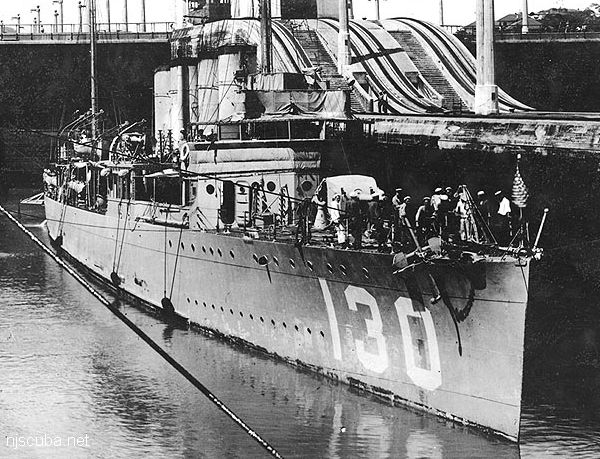
More: USS Jacob Jones DD-130 ...
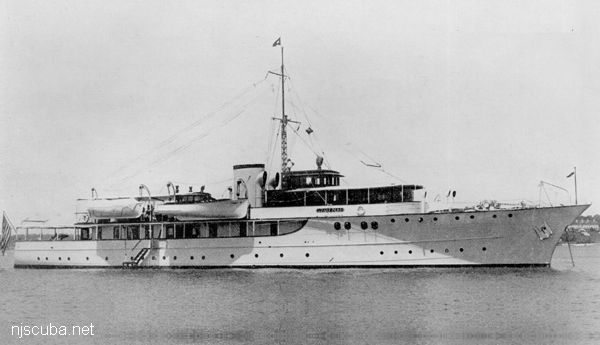
More: USS Moonstone PYc-9 ...
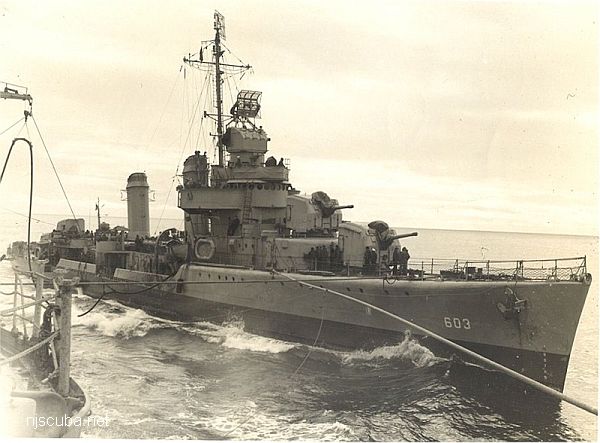
More: USS Murphy DD-603 ...